
Raciborowice
Elaboration author
Emilia Karpacz
Monuments
Parishes
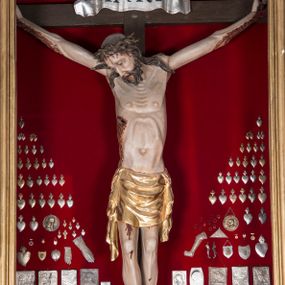
Crucifix
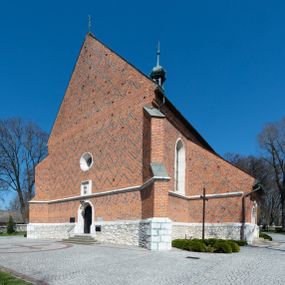
St. Margaret's Church
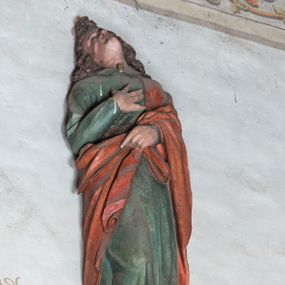
St. John the Evangelist
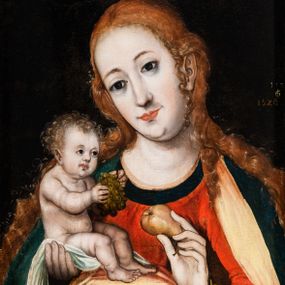
Picture
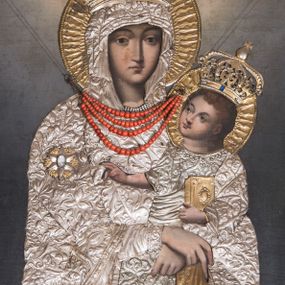
Our Lady of the Snows
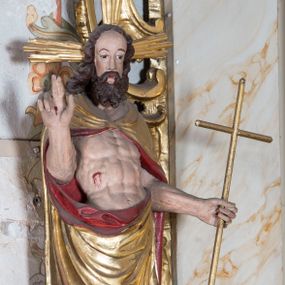
Statue of Risen Christ
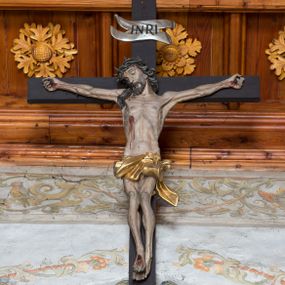
Crucifix
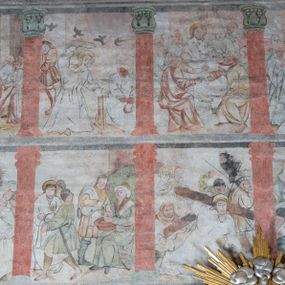
DZIELO/05978
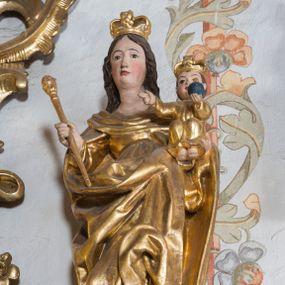
Madonna and the Child
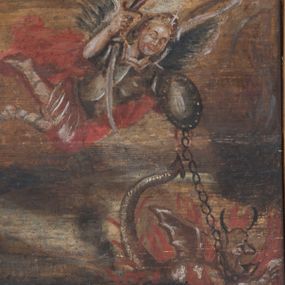
Music choir
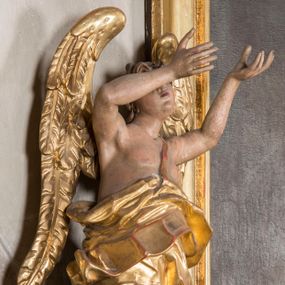
Angel
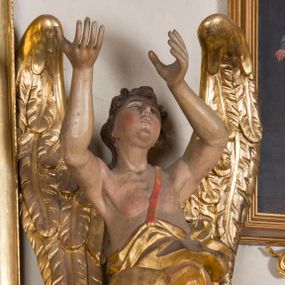
Angel
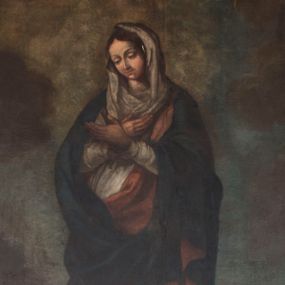
Side altar
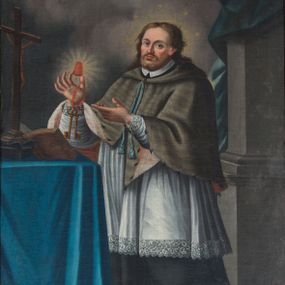
St. John of Nepomuk
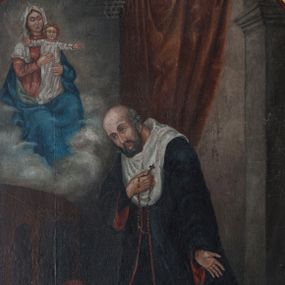
Picture
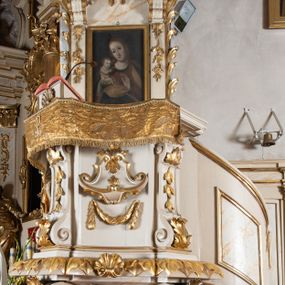
Pulpit
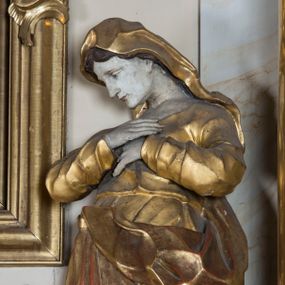
Madonna
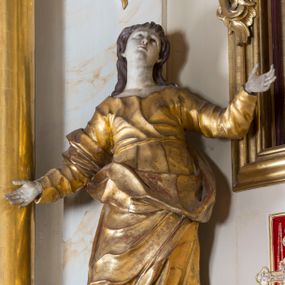
St. John the Evangelist
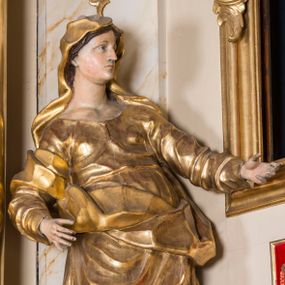
Unidentified woman saint

Unidentified woman saint

St. Paul
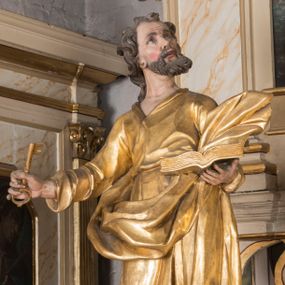
St. Peter
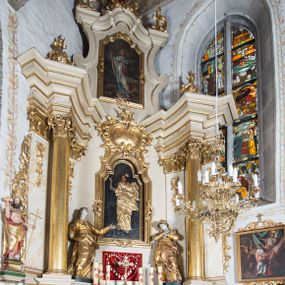
Side altar
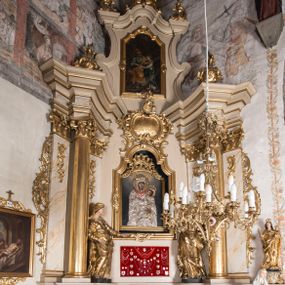
Side altar
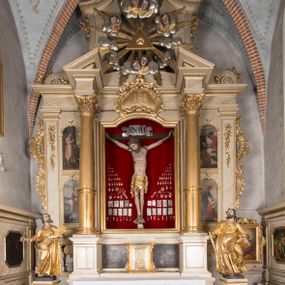
High altar
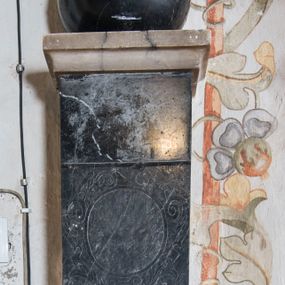
Epitaph plaque of Jerzy Dubiecki
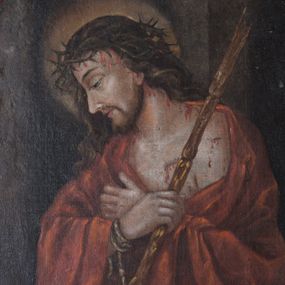
Ecce Homo
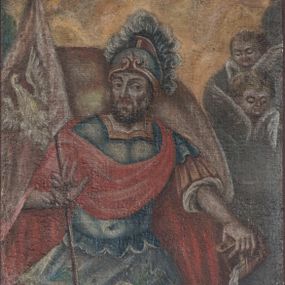
St. Florian
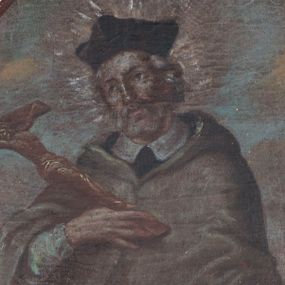
St. John of Nepomuk

St. Joseph and the Child
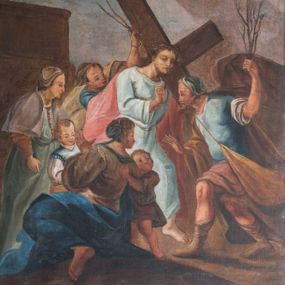
Stations of the Cross
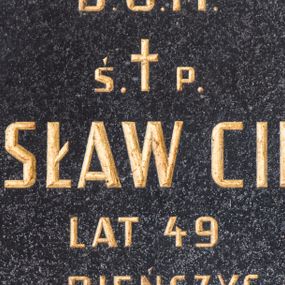
Epitaph plaque of Władysław Ciepiela
History abstract
In 1212, the village was called Dłubnia, like other settlements in the valley of the river bearing the same name. The owner of the village (called later Dłubnia Racibora and finally Raciborowice) was most probably Racibor of Dłubnia, Wojciech's son. Between 1230 and 1273, the heir of the first historically confirmed heritor of Raciborowice dedicated the village to the Cracow Cathedral Chapter. The St. Margaret's parish in Raciborowice was founded before 1325, when it was mentioned for the first time in the oldest Peter's pence lists for the Polish lands. The brick parish church was built in the 15th century thanks to the efforts of two canons associated with Raciborowice: the parson Paweł of Zator and the rector – Jan Długosz. In 1468 Casimir Jagiello confirmed the foundation under German law for the capitular villages, including Raciborowice. There were two manor farms in the village – canonical (belonging to rectors) and parochial. In the second half of the 16th century, another regency farm house, called Prawda, was built. The first mentions of a brewery and mill in Raciborowice date back to the 16th century. The village was plundered several times by army – at the end of the 16th century by the troops of Maximilian Habsburg and Stanislaw Stadnicki, in 1655 by the Swedes, as in 1704-1705. In the 18th century, soldiers of various contingents plundered the area many times. In the modern era, there were many prominent figures among the owners of Raciborowice, including three successive bishops of Cracow: Jan Chojeński (mentioned as a rector in 1527), Marcin Szyszkowski (1625), and, finally, Jan Aleksander Lipski (around 1730). In the period of the Republic of Cracow, near Raciborowice, border trade flourished (the border with the Kingdom of Poland was in close proximity). In 1819, a public school was established. During the World War I, on the basis of the so-called demolition certificates, several neighbouring villages were destroyed. The population suffered considerable losses also during the World War II. In January 1945, there were intense battles between the retreating German soldiers and the Red Army in the region of Raciborowice. The inhabitants of the village avoided expropriation, when building of Nowa Huta began in 1949. Raciborowice remained a quiet and charming place.
How to cite?
Emilia Karpacz, "Raciborowice", [in:] "The Sacred Lesser Poland Heritage", 2026, source: https://sdm.upjp2.edu.pl/en/places/raciborowice-1